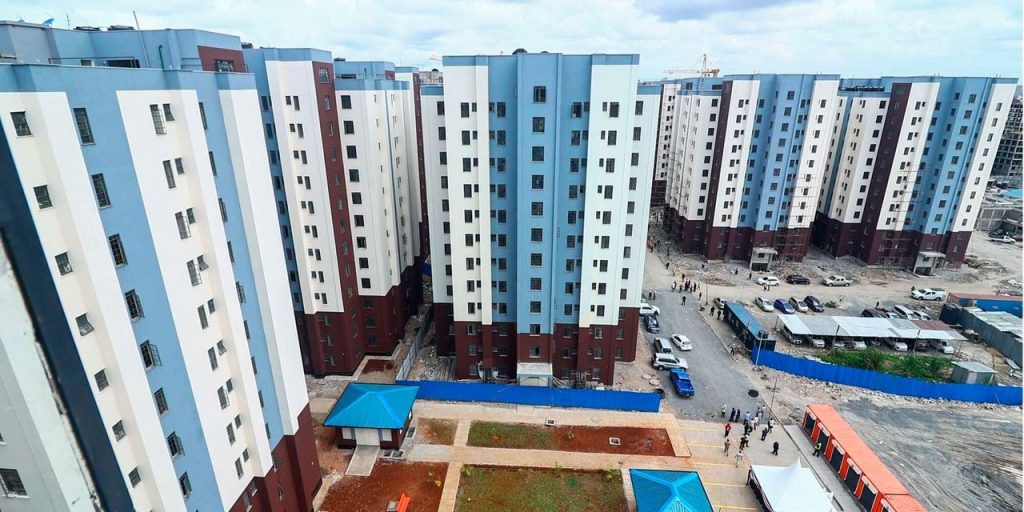The World Bank has emphasized the importance of providing Shif and home levy relief to workers, aiming to boost economic resilience and financial well-being among labor forces worldwide. By supporting relief measures, the World Bank hopes to ease the burden faced by workers who struggle with housing costs and additional levies during economic uncertainties. Such interventions are critical for enabling workers to maintain stability while contributing to broader economic growth.
Focusing on targeted relief programs, the World Bank highlights that reducing levies on homes and Shif-related expenses can have far-reaching effects, improving household income security. These measures align with ongoing global efforts to support vulnerable populations, helping workers regain footing and enhance productivity within recovering economies.
Importance of Shif Relief for Workers
Understanding Shif and Its Impact
Shif represents a significant financial obligation for many workers, often constituting a substantial part of monthly expenses. It refers to specific fees or charges related to employment or housing, varying by region and industry. Reducing or restructuring these charges allows workers to allocate more funds toward essential needs and savings.
Economic Benefits of Shif Relief
Providing shift relief can enhance disposable income for workers, leading to increased spending in local economies. This boost supports small businesses, stimulates demand for goods and services, and promotes overall economic activity. Additionally, relief initiatives help reduce worker stress, leading to better job performance and lower absenteeism.
Home Levy Relief: Supporting Housing Affordability
Challenges Faced by Workers Due to Home Levies
Home levies add pressure to workers already coping with fluctuating incomes and living costs. High levies on housing discourage homeownership and contribute to housing insecurity. Many workers find themselves allocating disproportionate amounts of their earnings to meet these levies, impacting their quality of life.
Policy Approaches to Home Levy Relief
Governments and international organizations, including the World Bank, advocate policy changes aimed at reducing or restructuring home levies. These approaches may include temporary exemptions, reduced rates, or installment payment plans designed to ease financial strain. Implementing such policies encourages housing stability and supports worker retention in key sectors.

How Relief Measures Can Foster Economic Recovery
Linking Worker Relief to Broader Economic Stability
Relief programs targeting Shif and home levies are part of a holistic strategy to promote recovery after economic disruptions. By supporting workers financially, these measures encourage sustained consumer spending, which is vital for revitalizing industries affected by crises.
Long-Term Impact on Workforce Productivity
Financial relief helps workers focus on skill development and long-term employment goals without the distraction of overwhelming debts. Stability in housing and income improves mental health and job satisfaction, contributing to a more motivated and productive workforce essential for economic growth.
Frequently Asked Questions
What exactly is Shif, and why does it matter to workers?
Shif refers to fees related to employment or housing costs. Relief on Shif eases financial burdens, allowing workers to better manage their expenses.
How does home levy relief benefit workers financially?
Relief reduces the amount workers pay on housing levies, increasing disposable income and improving living standards.
What role does the World Bank play in advocating for these reliefs?
The World Bank provides policy guidance, financial support, and research to encourage governments to adopt worker-friendly relief measures.
Are Shif and home levy relief measures temporary or permanent?
Measures can be either, depending on economic conditions and government policies. Many start as temporary supports with the potential for long-term reforms.
How do these reliefs influence the overall economy?
By increasing workers’ disposable income, relief programs stimulate consumer spending and economic activity, fostering recovery and growth.
Conclusion
The World Bank’s push for Shif and home levy relief highlights the critical need to support workers facing financial challenges related to housing and employment fees. Implementing these relief measures provides immediate financial respite, encourages economic stability, and strengthens workforce productivity. Such strategies contribute to sustainable economic recovery, ensuring that workers remain empowered and economies continue to grow.








